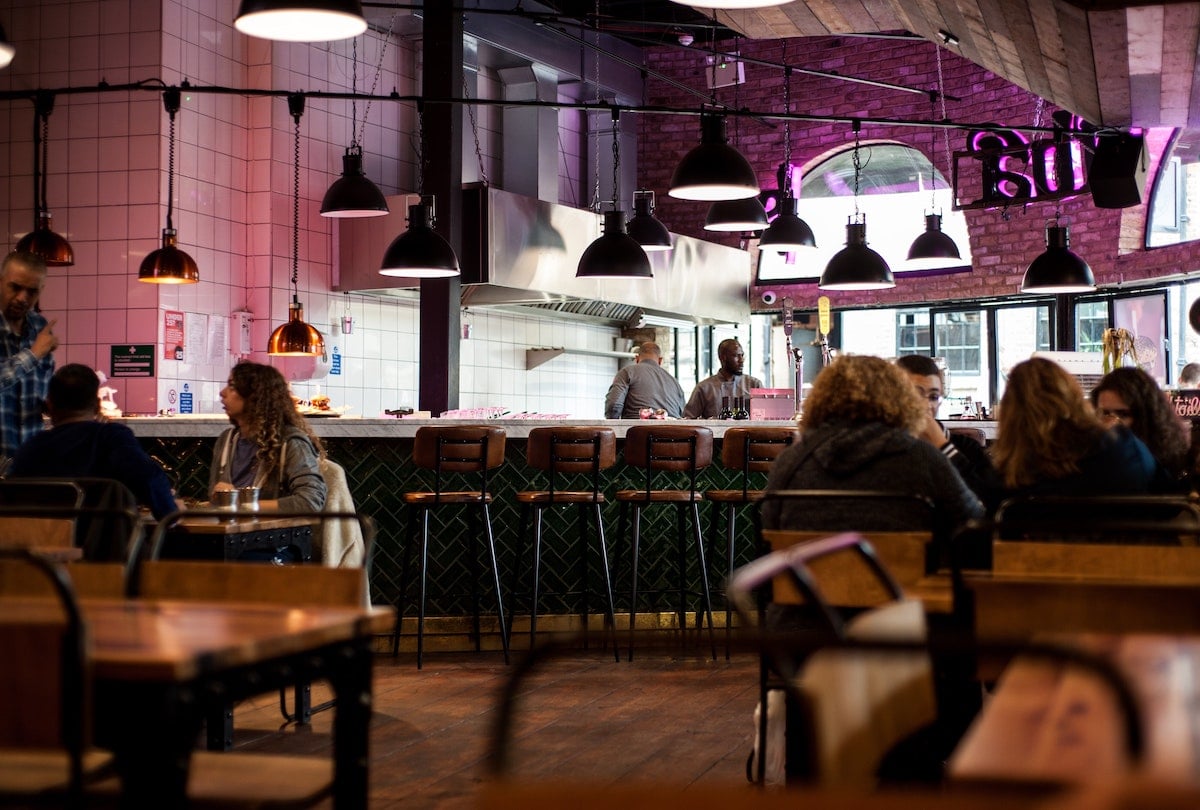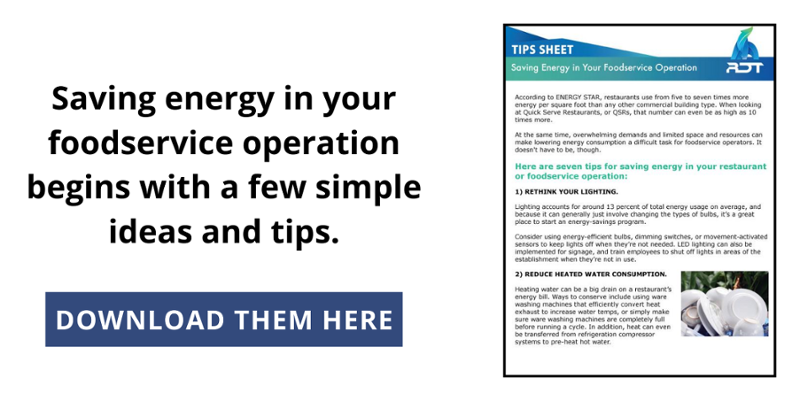Restaurant Energy Consumption Statistics and the High Cost of Energy

Energy costs are always a major concern in the restaurant industry. The ongoing, robust use of energy-intensive, commercial kitchen appliances is hard on the electric bill. In fact, restaurants consume three times more energy per square foot than other commercial enterprises according to the U.S. Energy Information Administration. Specialized equipment and extensive hours of operation, as well as high demand, cause excessive energy usage and sometimes even wasteful practices.
How Much Energy Do Restaurants Use?
The bulk of energy consumption in restaurants can be broken down into two different predominant categories - HVAC and cooking. Though other usages, including refrigeration, also affect the bottom line, food preparation and heating or cooling are the biggest consumers of electricity. Average energy consumption (BTU) in a full-service restaurant is as follows:
- Food Preparation - Cooking consumes approximately 35% of the energy a restaurant uses.
- HVAC - Commercial heating and cooling uses up approximately 28% of energy costs.
- Sanitation - Sanitation equipment and water usage are responsible for 18% of energy costs.
- Lighting - Keeping the lights on uses 13% of a restaurant's energy consumption.
- Refrigeration - Refrigeration energy costs are approximately 6%.
Restaurants in the United States typically spend 3-5% of their total operating costs on energy. This includes a general annual average of $2.90 per square foot on electricity and $0.85% per square foot on natural gas. There is no one-size-fits-all solution to cutting energy costs but there are concrete habits and upgrades that can make a difference. Energy efficiency is a matter of smart management and practical improvements.
How Can Restaurants Improve Energy Efficiency?
Every restaurant, no matter what the size, benefits by taking steps to improve energy efficiency. Not only does it help save hard-earned money, but it contributes to sustainable environmental practices. Understanding how to optimize efficiency and maintain lower energy costs is easier than you might think with these simple tips.
Food Preparation - Cutting idle time on kitchen equipment is one of the best ways to conserve energy. It's a good idea to encourage staff to shut off unneeded equipment. Turning off a single, unused commercial fryer for just four hours a day can save up to $350 a year. Keeping equipment clean, changing filters regularly, and taking care of repairs in a timely manner are all simple ways to save on energy costs.
HVAC - Heating or cooling your restaurant is a necessary expense but there are several things that can be done to reign in high costs. Install a programmable thermostat for hands-on control and make sure your system gets an annual inspection and tune-up. Check and replace filters often. The proper ventilating fans for ceilings and bathrooms can also make a huge difference.
Sanitation - Reducing water consumption in a restaurant depends largely on vigilance and the right components. Consider installing low-flow aerators on hand-washing sinks and replacing spray valves with lower GPM (gallons per minute) ratings. Leaks are the biggest culprits of water waste and energy with a single water leak capable of costing restaurants hundreds of dollars a year.
Lighting - One of the most important things you can do to save on utility costs is to switch out incandescent light bulbs with energy-efficient LED bulbs or compact fluorescent lamps (CFL). LED bulbs last up to ten times longer than a standard bulb while helping the environment by lowering greenhouse emissions. Another inexpensive way to save on lighting is to make use of dimmers and occupancy sensors for better control and less waste.
Refrigeration - Walk-in coolers and freezers are some of the hardest working pieces of equipment in the foodservice industry. You can avoid wasting a whole lot of electricity by installing an on-demand defrost controller to your walk-in's evaporator coils. On-demand defrost controllers, like RDT's Eco-Smart Controller, only defrost the evaporator coil when needed instead of over-working on a wasteful time clock. Savvy and environmentally responsible restaurant owners should consider RDT's Eco-Cool Series. It does the job of several compressors by offering precise control and reducing overall electrical consumption.




